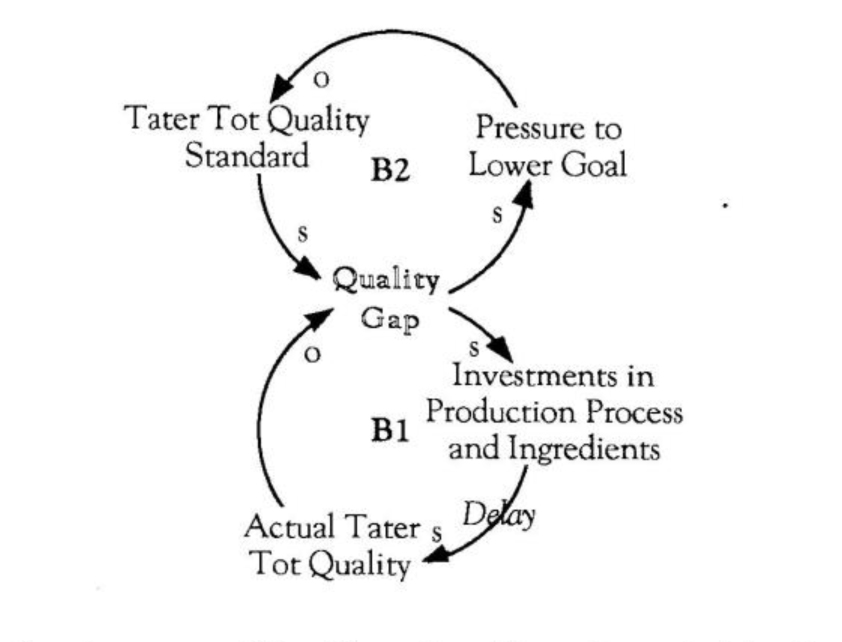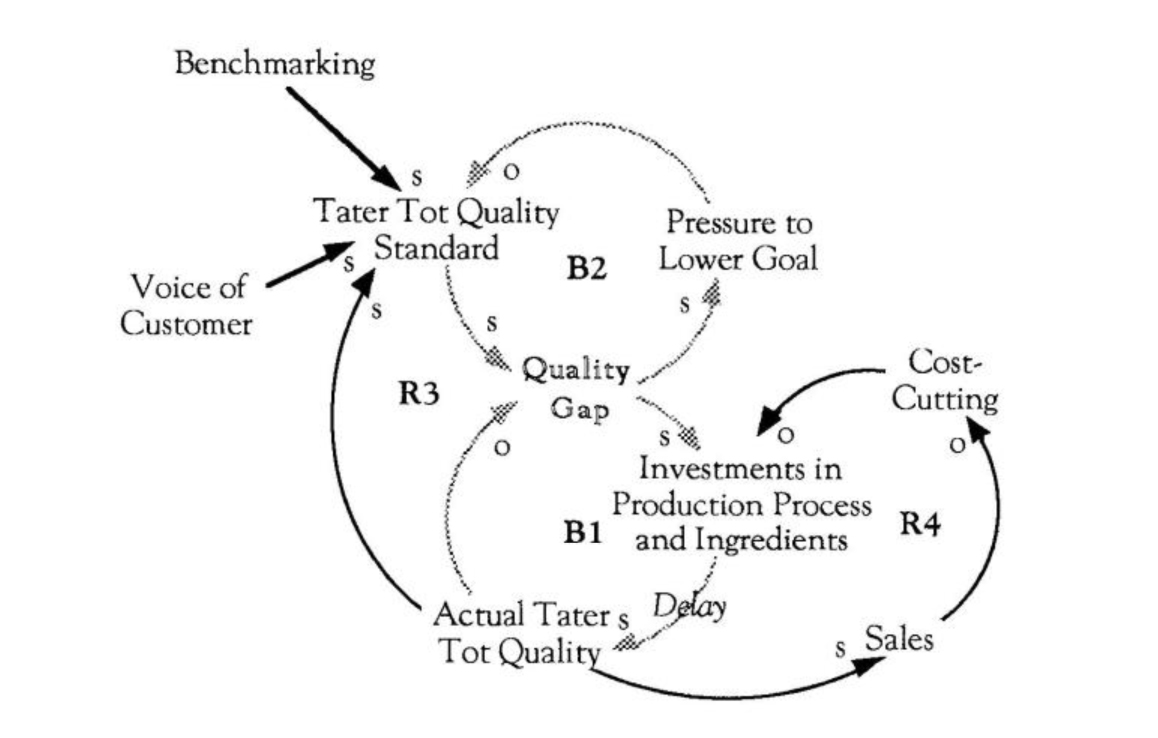As a child, did you ever have a contest to see who could build the tallest house out of playing cards? As you crafted your house, your whole body would tense up with the effort of concentrating on carefully balancing each card. You knew exactly what the house should look like, and how you should place the cards to maximize the height. The goal was clear and your method was sure.
But as you placed each card and the house grew taller, you began to worry more about the possibility of the house falling down than about building it. You worried about the air currents being stirred as people walked by; you were careful not to breathe while placing each card. Try as you might, it became harder and harder to concentrate on that perfect card house. The sweat beaded on your brow as your shaky hand placed one more card on top, and…CRASH!
Keeping Focused on What We Want
Many goals succumb to the same fate as the house of cards. Try as we might to keep focused on the goal, other pressures interfere and take our attention away from what we are really trying to achieve. Productivity standards, cost control measures, fire-fighting–all can undermine a project or effort and, over time, lead to a “Drifting Goals” scenario. We become focused on what we don’t want to have happen, rather than what we want to change.
The “Drifting Goals” archetype is helpful for trying to understand why an organization is not able to achieve its desired goals. “Drifting Goals” occurs when the gap between a goal and the actual performance is reduced by lowering the goal. Because this often happens over a long period of time, the gradual lowering of the goal is usually not apparent until the decreasing performance measure has drifted so low that it produces a crisis. The following seven-step process illustrates how to use the “Drifting Goals” archetype as a diagnostic tool to target drifting performance areas and help organizations attain their visions.
1. Identify a performance measure that has deteriorated or oscillated over time
Sometimes the actual performance measure that has deteriorated is not the same as the one you have identified. For example, when sales of Tater Tots fell from 1985 to 1987, managers at OreIda assumed that the decline reflected a change in consumer eating habits. But further exploration showed that the quality of the Tater Tots had gradually declined over the years: ‘Their once-chunky insides had turned to mashed potato. The outside had lost its light and crispy coating.”
(“Heinz Ain’t Broke, But It’s Doing a Lot of Fixing,” Business Week, December 11, 1989).
At Ore-Ida, the goal was in the form of a quality standard for Tater Tots (see “Drifting Quality Standards”). A gap between actual quality and that goal should have signaled the need for investments in new equipment and/or the quality of the ingredients (B1). But because the drift in the quality standard (B2) occurred over a long period of time, it was not perceived as a problem.
2. Are there implicit or explicit goals that were in conflict with the stated goal?
Sometimes there are implicit or explicit goals in an organization which are at odds with the stated goal. For example, Ore-Ida was committed to producing quality Tater Tots, but the company had also embarked on a series of cost control plans beginning in 1979. “Cost-cutting had led plant managers to step up line speeds and change storage and cooking methods. Over a decade, the moves had changed Tater Tots.” Identifying other related goals that may be affecting the particular performance measure could reveal conflicts which create sub-optimization.
Drifting Quality Standards

A gap between actual Tater Tot quality and the quality standard should have signaled the need to invest in production processes or ingredients (81). But because the drift in quality &alined over along periodof time, it was not perceived as a problem.
3. What are the standard operating procedures for correcting the gap?
Identifying the standard operating procedures (SOP’s) for correcting the gaps will give you a window into the kinds of corrective actions that are currently in place. You want to find SOP’s that may have inadvertently contributed to the slippage of goals. What are the things that have happened that may have caused the corrective actions themselves to erode over time?
4. Nave the goals themselves been lowered over time?
A key question is whether the setting of the goals has been linked to past performance. The idea is to have an asymmetric relationship between past performance and future goals. That is, when performance is continually improving, basing the next goal on the previous one can create cycles of continuous improvement. But this strategy can lead to disaster when performance begins to slip, creating a reinforcing cycle of declining quality.
At Ore-Ida, the actual Tater Tot quality and the quality standard were linked together in such a way that as the quality deteriorated, it affected the quality reference point (see ‘Slippery Slope’ of Quality”). So from year to year, the quality looked about the same even as it was decreasing (R3). One potential side-effect of sliding quality could be that as sales decrease (due to poor quality), the company might decide to cut back on investments in production process and materials. That would lead to lower quality, which would actually accelerate the deterioration of quality (R4). Breaking this cycle involves creating measures that will counterbalance such tendencies.
'Slippery Slope' of Quality

If actual quality and the quality standard are linked together, qualitymay appear toremain the same from year to year even as it decreases (R3). If deteriorating quality results in a decrease in sales, the company may cut back on investments, further accelerating the quality deterioration (R4).
5. Identify external frames of reference to anchor the goal
One way to keep goals from sliding is to anchor them to an external frame of reference. The reference point can’t be chosen arbitrarily, or it will be susceptible to change. Benchmarking provides an outside reference point. It won’t tell you how to achieve a goal, but it offers a frame of reference and shows what is possible in a given area.
The ultimate source, however, is the voice of the customer. At Ore-Ida, customer polls could have given a clear indication that sliding sales were a reflection of declining quality, not a change in consumer preferences.
6. Clarify the vision
Unless you establish a clear vision that is compelling for everyone involved, the improvement will be only temporary. You can motivate people and train them to use the tools that provide the corrective action, but if they really don’t understand what the vision is all about, at best they will only be complying. Over time, the system will slip back into making only the corrective actions that look good relative to what is being measured, regardless of the overall impact on the company.
7. Create a dear transition plan
After you achieve clarity around the vision, the next step is to explore what it will take to achieve that vision, and anticipate the expected time frame. Where are the goals in relation to that transition plan? If you’re currently operating at a level of 1 and you’re trying to get to 10, it is unrealistic to expect the change to occur overnight.
Unrealistic expectations about the time frame for achieving a goal can produce emotional tension and financial pressure which can undermine even the best improvement program. The question to consider at this point is how to make sure that the gap between current reality and the goal does not turn into a negative force. If we don’t carefully manage the effects of emotional tension, we lose the powerful potential of having a vision. In some ways, that’s the biggest challenge and potentially the greatest benefit of applying a “Drifting Goals” archetype.
Creative tension only works when somehow it taps into a level of motivation which is intrinsic. And that becomes a powerful leverage point for an organization whose creative forces have been tapped by the excitement of achieving the vision. The lesson of the “Drifting Goals” archetype is that in any attempt to achieve a goal or vision, you can’t bypass the emotional tension that results. But by channeling that tension into a creative force, you can transcend it and attain the vision.
